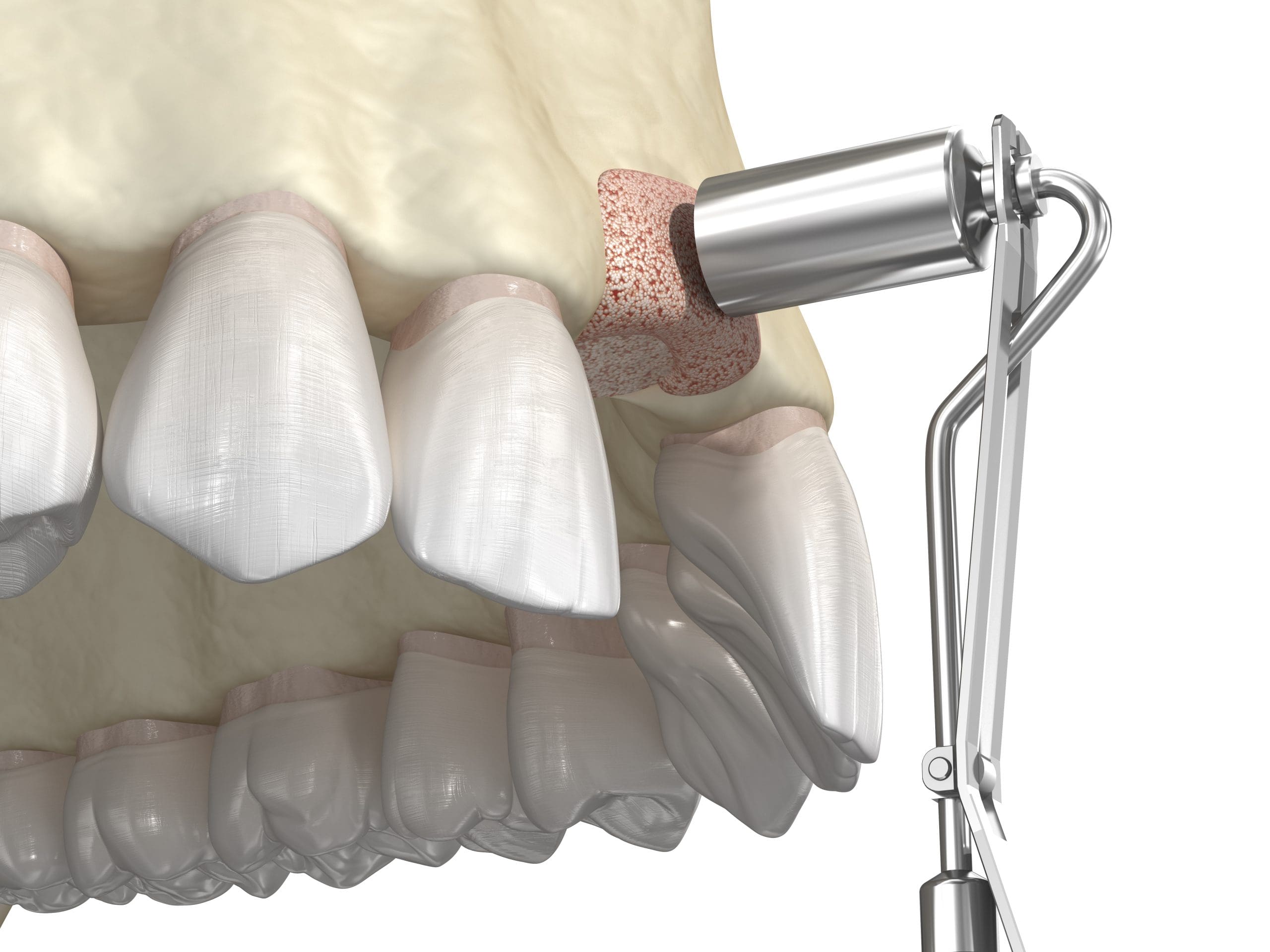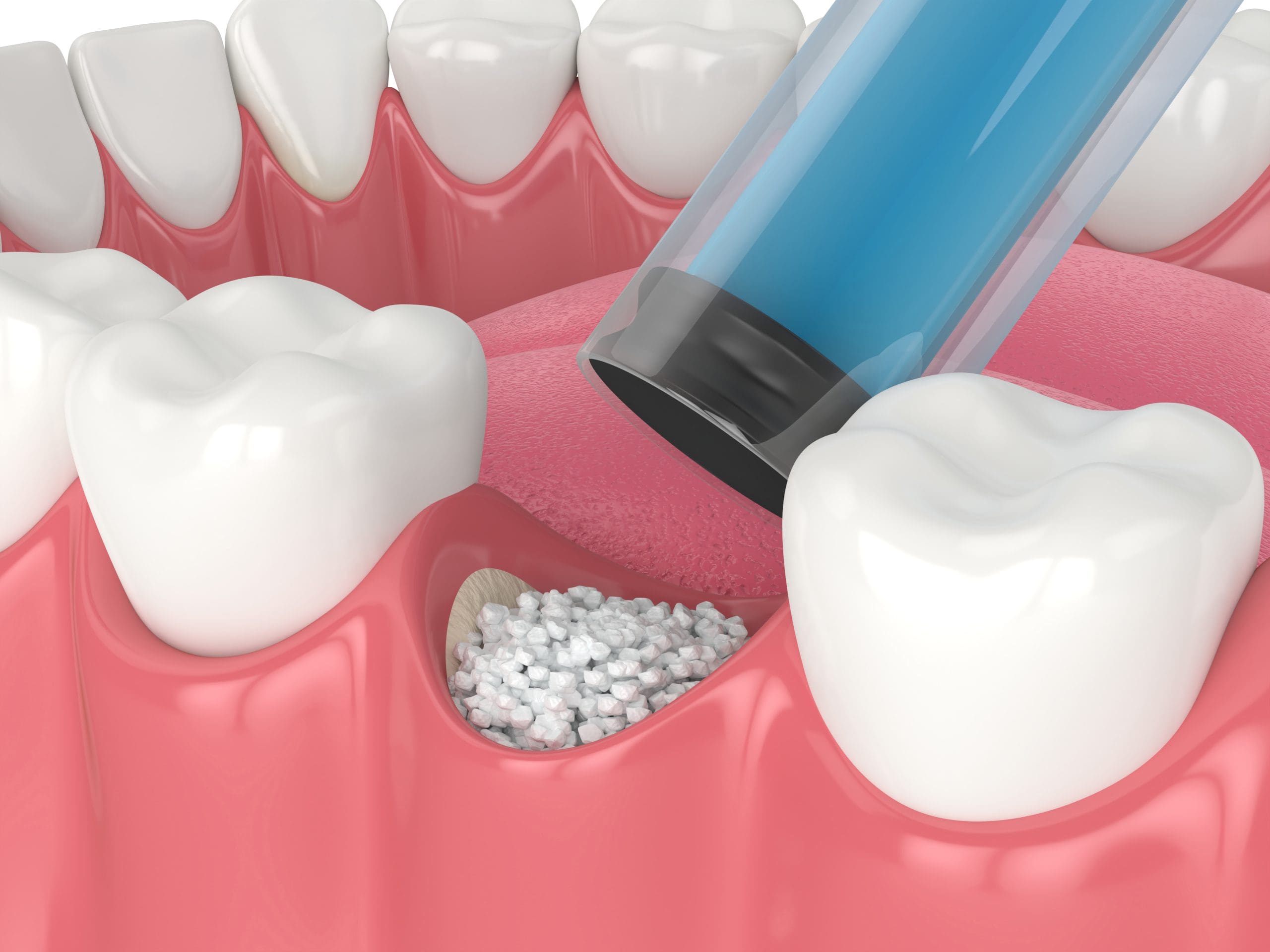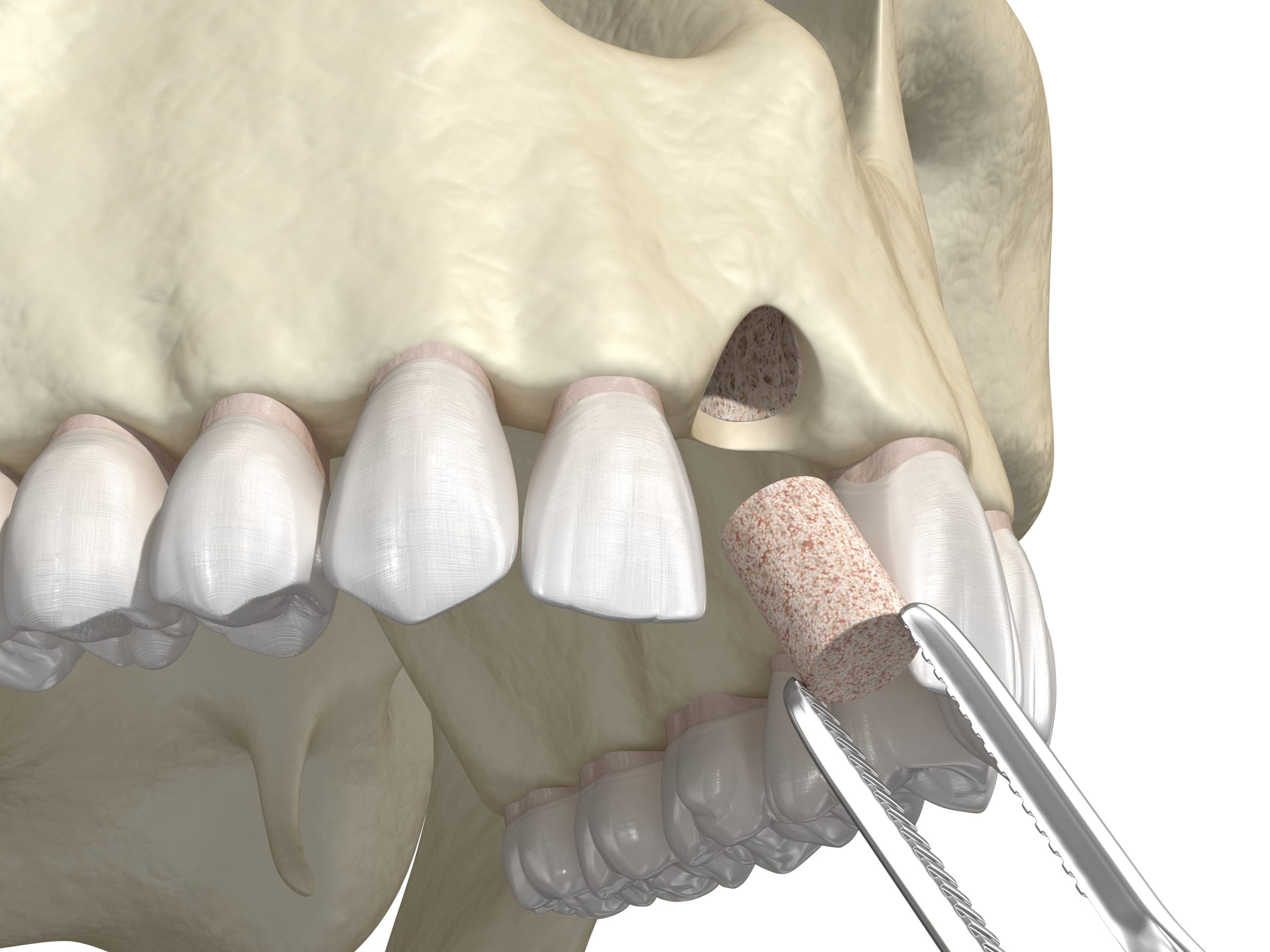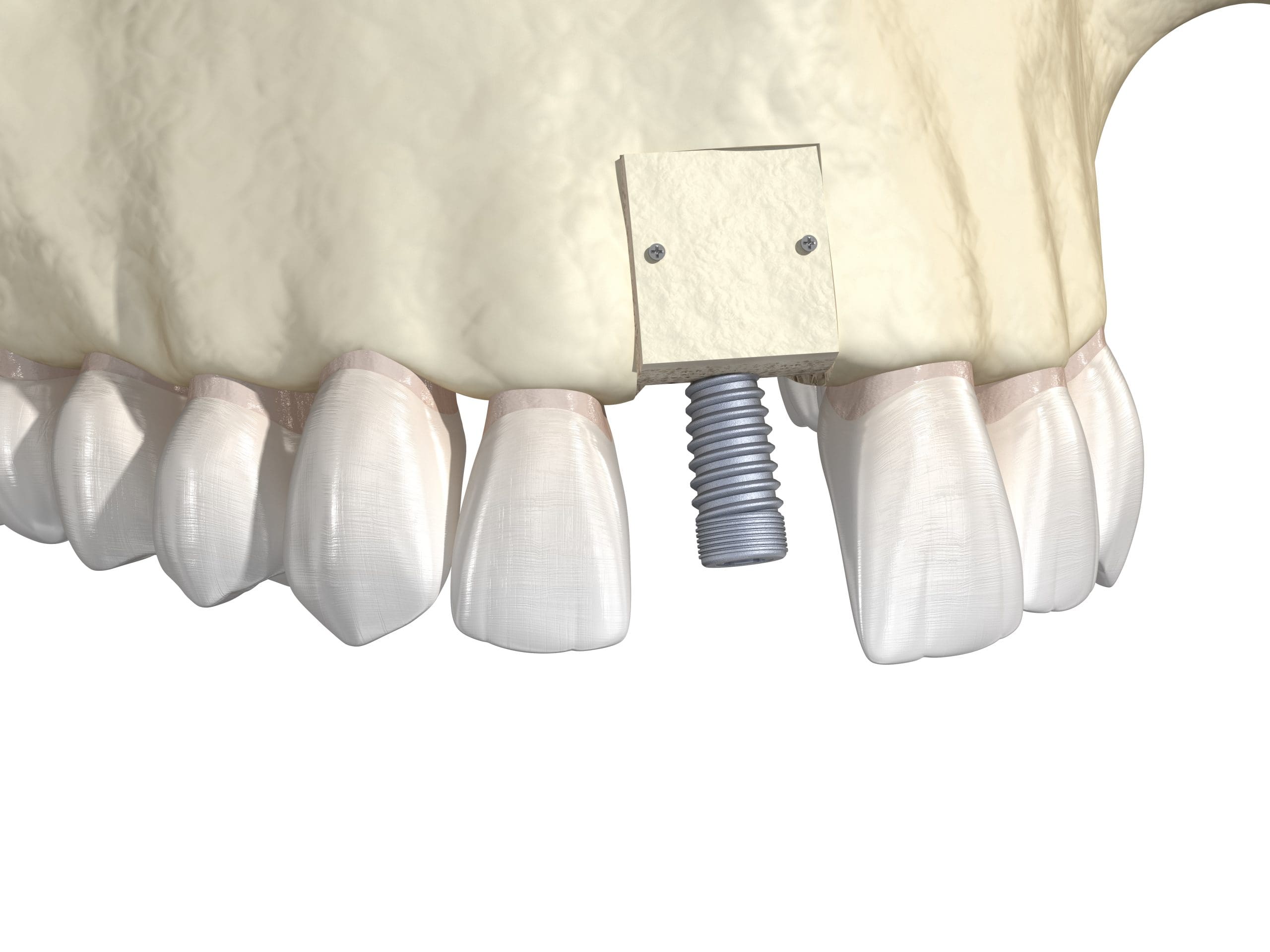Have you ever wondered, “What is bone grafting?” Bone grafting is a medical procedure used to repair or rebuild bones by transplanting bone tissue. By doing so, it provides a framework where new, living bone can grow if the environment is right.
Understanding Bone Grafting Basics
What is bone grafting? This medical procedure involves transplanting bone tissue to repair or rebuild diseased or damaged bones. Typically, it’s a crucial step in surgeries that require bone regeneration, such as in cases of fractures that don’t heal properly or in joint replacements. The graft not only supports the formation of new bone but also helps in the healing process by providing a scaffold where new bone cells can grow.
Bone grafting can be sourced from different areas of the patient’s body, donated from another person, or in some cases, made from synthetic materials. The choice of graft material depends on the specific needs of the surgery and the patient’s condition. Understanding the basics of how bone grafting works can provide insights into its critical role in modern medicine. To learn more about why this procedure is significant, read about Bone Grafting Benefits: Why It’s Important.
What is Bone Grafting
Bone grafting is a medical procedure that involves transplanting bone tissue to repair or rebuild damaged bones. This technique is commonly used in various medical fields, including dentistry, orthopedics, and reconstructive surgery. One of the primary reasons for bone grafting is to facilitate the healing of fractures that are not capable of healing naturally, especially when there is a loss of bone substance or a defect. Additionally, bone grafting plays a crucial role in dental procedures, particularly in preparing the jawbone for dental implants when the existing bone structure is insufficient to support the implants.
Another common reason for bone grafting is to help in the healing of bone around surgically implanted devices, like joint replacements, that may require extra support from additional bone tissue. In cases of significant bone loss due to disease, infection, or injury, bone grafting can provide the necessary framework for the regeneration of healthy bone. For those seeking professional advice on this procedure, visiting Bone Grafting Specialists in New Haven can provide more detailed information on what is bone grafting and its benefits.
Types of Bone Graft Materials
Bone grafting is a medical procedure that involves transplanting bone tissue to repair or rebuild damaged bones. There are several types of bone graft materials used in these procedures, each with unique properties and origins. Autografts, for instance, are made from a patient’s own bone, typically harvested from the pelvis, ribs, or wrist. Allografts, on the other hand, are sourced from a donor or a cadaver and do not require a second surgical site on the patient. Synthetic options also exist, which are specially designed to mimic the bone’s natural properties and support bone growth and healing. Each type of bone graft material is chosen based on specific medical needs, surgical goals, and patient compatibility.
The Bone Grafting Procedure Explained
Bone grafting is a medical procedure that is essential in various fields such as dentistry and orthopedics. What is bone grafting? It involves transplanting bone tissue to repair and rebuild diseased or damaged bones. During the procedure, a surgeon places a graft, which can be sourced from the patient’s own body, a donor, or made from synthetic materials, into the area where new bone growth is needed. This graft helps to facilitate bone regeneration, providing a scaffold for the new bone to grow on and eventually integrating into the existing bone structure over time. For those looking for expert dental care involving bone grafting, New Haven Dentist at New Haven Dental Center Family & Cosmetic Dentistry offers professional services.
Healing Process After Bone Grafting
After undergoing a bone grafting procedure, understanding the healing process is crucial. The recovery period can vary depending on the individual and the extent of the surgery, but typically, it involves several stages of healing. Initially, you may experience some swelling and discomfort, which can be managed with medications prescribed by your surgeon. Over the next few weeks to months, the graft material will begin to integrate with your existing bone tissue. Proper care, including following your doctor’s instructions for oral hygiene and avoiding certain activities, is essential for a successful outcome. Monitoring by your healthcare provider is also critical to ensure the graft is healing properly and to address any complications promptly. This step-by-step approach is a key aspect of bone grafting and its success in dental and orthopedic treatments.
Potential Risks of Bone Grafting
While exploring “What is bone grafting,” it’s crucial to consider the potential risks associated with this medical procedure. Bone grafting is generally safe, but like any surgical intervention, it carries certain risks. These may include infection at the graft site, pain that persists longer than expected, and the possibility of the graft not integrating properly with the existing bone, leading to additional procedures. There is also a risk of nerve damage, which can result in numbness or tingling. Understanding these risks can help individuals make informed decisions about undergoing bone grafting.
Bone Grafting Success Rates
When exploring the question, “What is bone grafting?” it’s crucial to consider the success rates associated with this medical procedure. Bone grafting boasts high success rates, generally ranging between 85% to 95%, depending on the type of graft used and the patient’s overall health. Factors such as the surgical technique, the source of the graft material (autograft, allograft, or synthetic), and post-operative care play pivotal roles in the outcome. Understanding these success rates can provide reassurance to those considering bone grafting as a solution for dental implants, fracture repair, or other orthopedic conditions.
Historical Overview of Bone Grafting
Bone grafting is a surgical procedure that has evolved significantly over the years. The practice dates back to ancient times when bone grafts were used to heal broken bones and fill defects. In the early 20th century, the development of modern bone grafting techniques began to take shape, particularly with the advent of biocompatible materials. Today, when people ask, “What is bone grafting?” they learn about a refined medical procedure used not only in orthopedics but also in dentistry and reconstructive surgery. This technique involves transplanting bone tissue to repair and rebuild diseased or damaged bones, offering patients enhanced healing possibilities and improved quality of life.
Future Trends in Bone Grafting
As we explore the question, “What is bone grafting?” it’s essential to look ahead at the evolving landscape of this crucial medical procedure. Future trends in bone grafting are poised to enhance efficacy and patient outcomes significantly. Innovations such as the development of synthetic bone grafts and the integration of growth factors and stem cells are at the forefront. These advancements aim to improve the integration of grafts and reduce the risk of complications. Additionally, the use of 3D printing technology in bone grafting is expected to revolutionize the customization and precision of grafts, catering specifically to individual patient needs. As these technologies mature, they promise to expand the possibilities of what bone grafting can achieve in both dental and orthopedic applications.
Conclusion
Understanding what is bone grafting is essential for anyone exploring this topic. For further inquiries, feel free to call us at 260-748-3696 or read our reviews on Google Maps.








